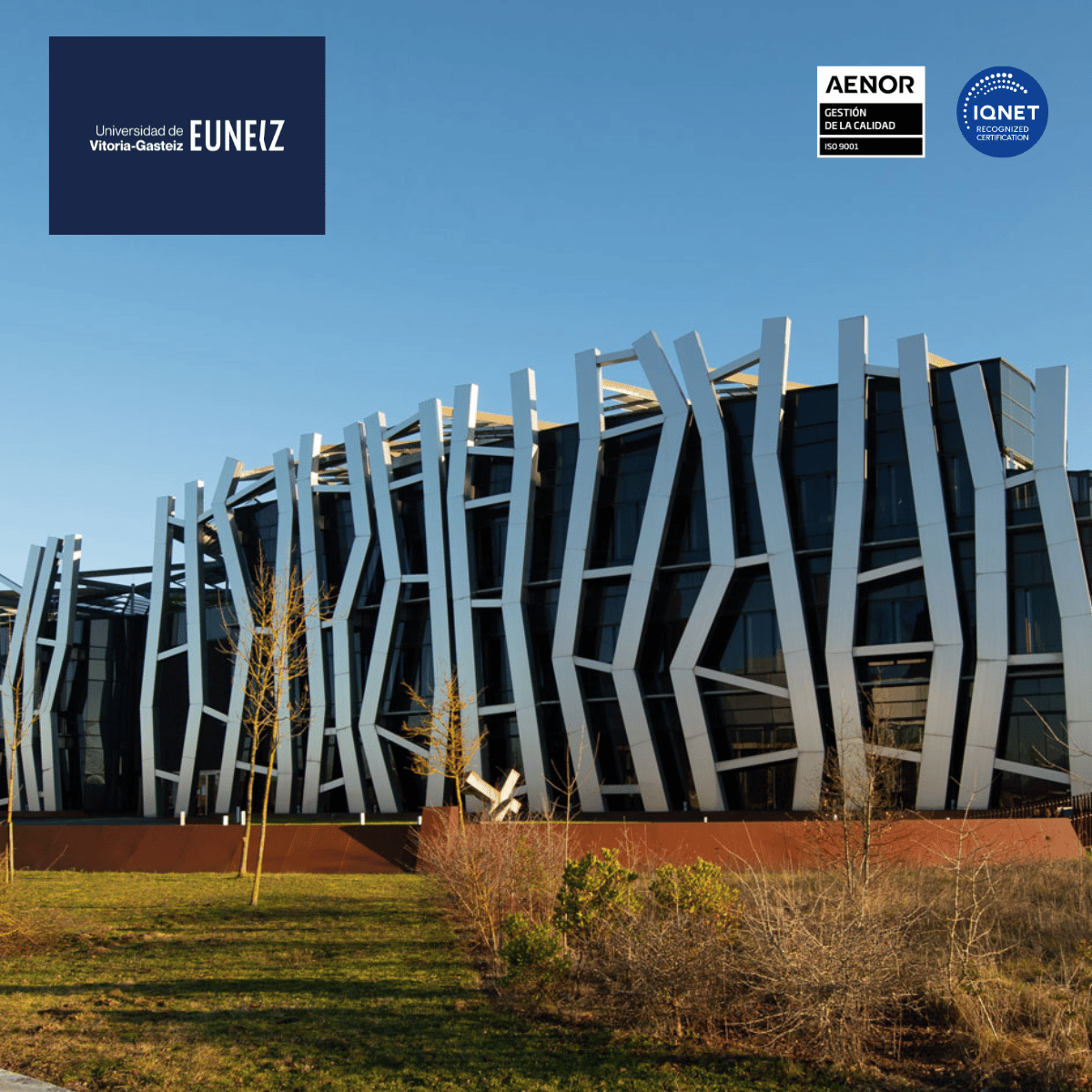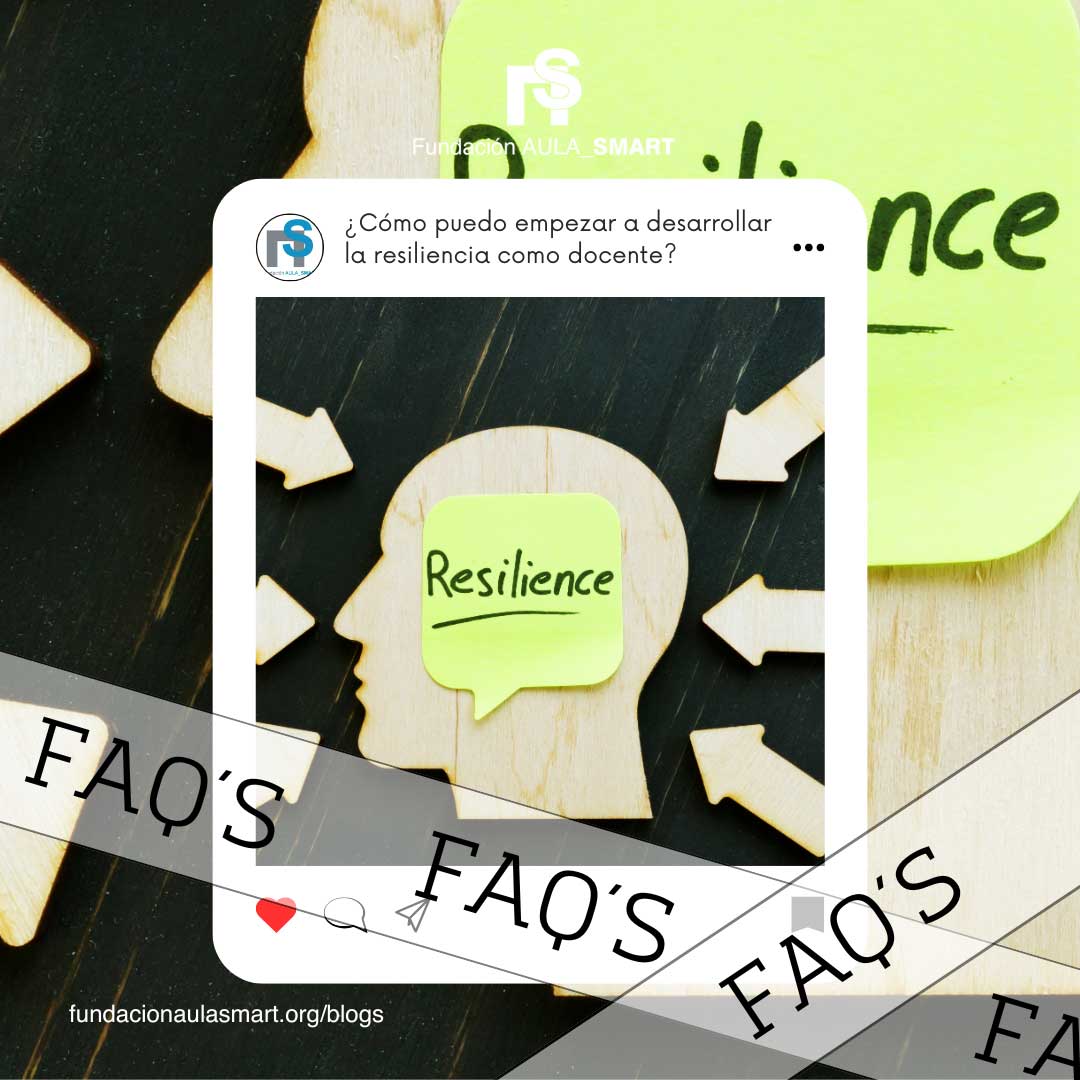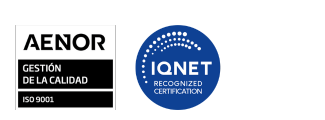The impact of virtual reality on education
Virtual reality (RV) has ceased to be a technology limited to entertainment and video games to become a powerful tool with applications in various areas, including education. Its ability to create immersive and highly interactive environments has revolutionized the way we learn, allowing personalized, practical and attractive experiences for students of all ages. In this article, we will explore how the RV is transforming learning and what are its main benefits in the classroom.
What is virtual reality in the educational context?
Virtual reality is a technology that simulates three -dimensional environments in which users can interact realistically through devices such as viewers (RV glasses), manual controllers and movement sensors. In the educational field, this technology allows students to experience situations and places that would otherwise be inaccessible, such as exploring the background of the ocean, traveling to space or even going back in time to visit ancient civilizations.
The main value of the RV in education is their ability to involve students in experiential learning, where they acquire knowledge not only reading or listening, but experiencing.
Benefits of virtual reality in learning
1. immersive and practical learning
The RV allows students to immerse themselves completely in educational content, which fosters deeper learning. For example:
- In natural sciences, students can explore the solar system interactively, observe the molecules of a chemical compound or perform virtual dissections without any risk.
- In history, they can "travel" to past times, walk the streets of ancient Rome or witness key historical moments.
Immersive experience helps students understand complex concepts in a practical way, better retaining information.
2. Promotion of Empathy and Cultural Comprehension
RV has the power to transport students to different realities, promoting empathy and cultural understanding. For example, projects such as Clouds over cider They allow students to experience life in a Syrian refugee camp, helping them to develop a global perspective and a sensitivity towards social and cultural problems.
3. Greater participation and motivation
RV technology is highly attractive to students, especially the youngest, who often show greater motivation and commitment when learning is combined with technological and visual elements. RV -based activities transform lessons into memorable experiences, which reduces the monotony of traditional learning.
4. Security for skills practice
In areas such as medicine, aviation and engineering, RV allows students to practice critical skills in a safe and controlled environment before facing real situations. For example:
- Future doctors can perform virtual surgeries to improve their precision and confidence.
- Formation pilots can use flight simulators to practice complex maneuvers without risks.
5. Accessibility and customization
The RV can also adapt to the specific needs of students, including those with disabilities. For example, students with reduced mobility can visit virtually distant places, while those who have learning difficulties can benefit from interactive programs designed at their pace and learning style.
Concrete applications of virtual reality in education
Stem education (science, technology, engineering and mathematics)
RV programs are being used to teach complex issues such as advanced algebra, molecular biology or quantum physical. Tools like Google Expeditions They allow virtual excursions to laboratories, museums and other key places for teaching these disciplines.
Language learning
The RV facilitates the practice of languages in simulated real contexts. For example, students may have virtual conversations with native speakers or explore a city abroad to learn vocabulary related to the environment.
Technical and professional training
In professional training, RV is used to train workers in specific skills. For example:
- Electricity technicians can learn to repair complex systems with RV simulators.
- Employees in sectors such as construction and manufacturing can train in security procedures without exposing themselves to real hazards.
Challenges and limitations of virtual reality in the classroom
Despite its numerous benefits, the implementation of the RV in education faces certain challenges:
- Cost: RV devices and software can be expensive, which hinders their adoption in schools with limited budgets.
- Access to technology: Not all schools have the necessary technological infrastructure to support the RV.
- Teacher Training: Teachers must be trained to effectively integrate the RV into their lessons, which requires time and resources.
- Possible negative effects: Prolonged use of RV can cause visual fatigue or disorientation in some students.
Conclusion
Virtual reality has the potential to revolutionize education by making it more accessible, interactive and relevant to 21st century students. Although it still faces challenges, its benefits far exceed limitations, especially when combined with innovative pedagogical methodologies. Adopting the RV in learning not only prepares students for the future, but also enriches their educational experience, helping them to develop critical skills and knowledge in a practical and unforgettable way.


















Leave a comment
All comments are moderated before being published.
This site is protected by hCaptcha and the hCaptcha Privacy Policy and Terms of Service apply.